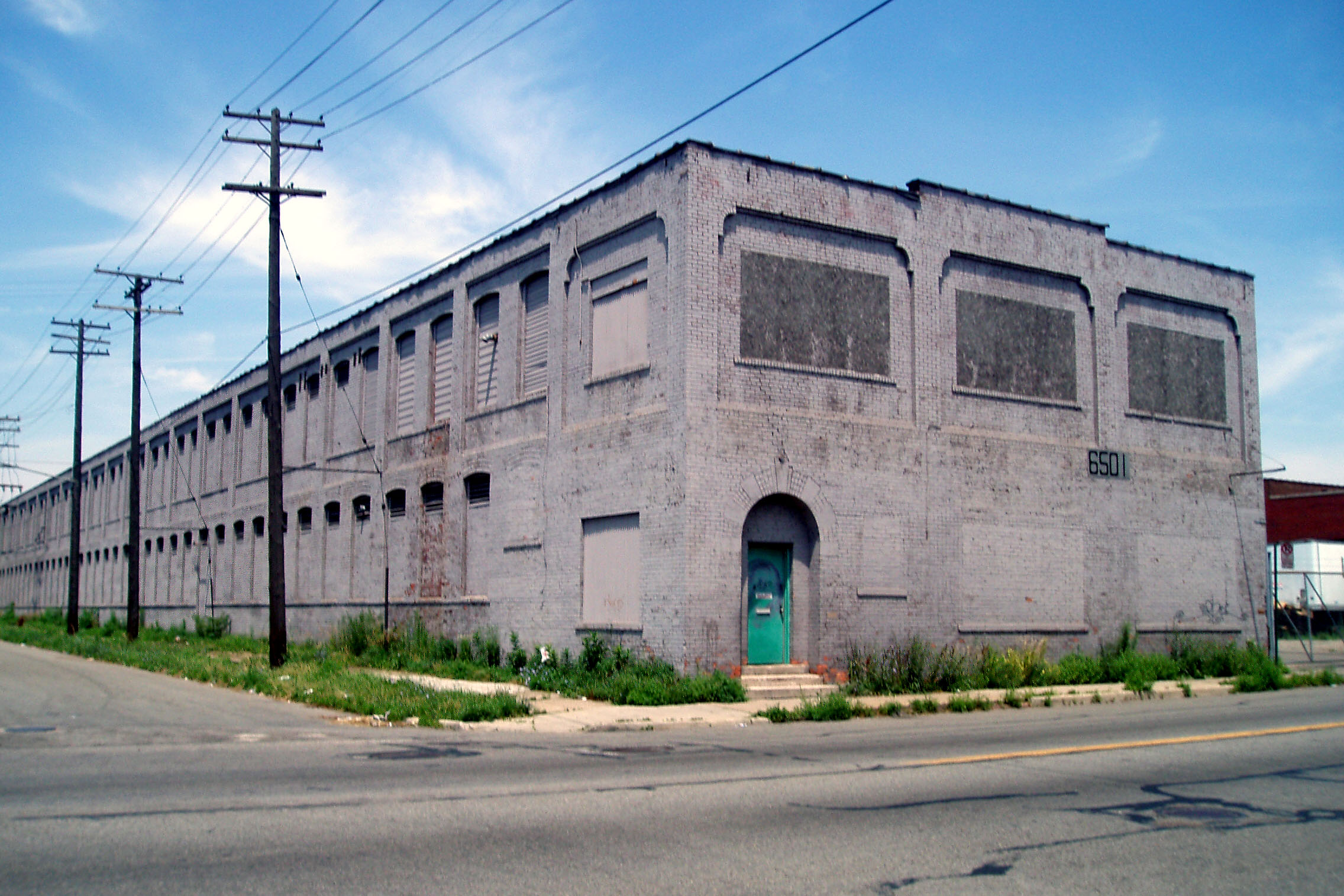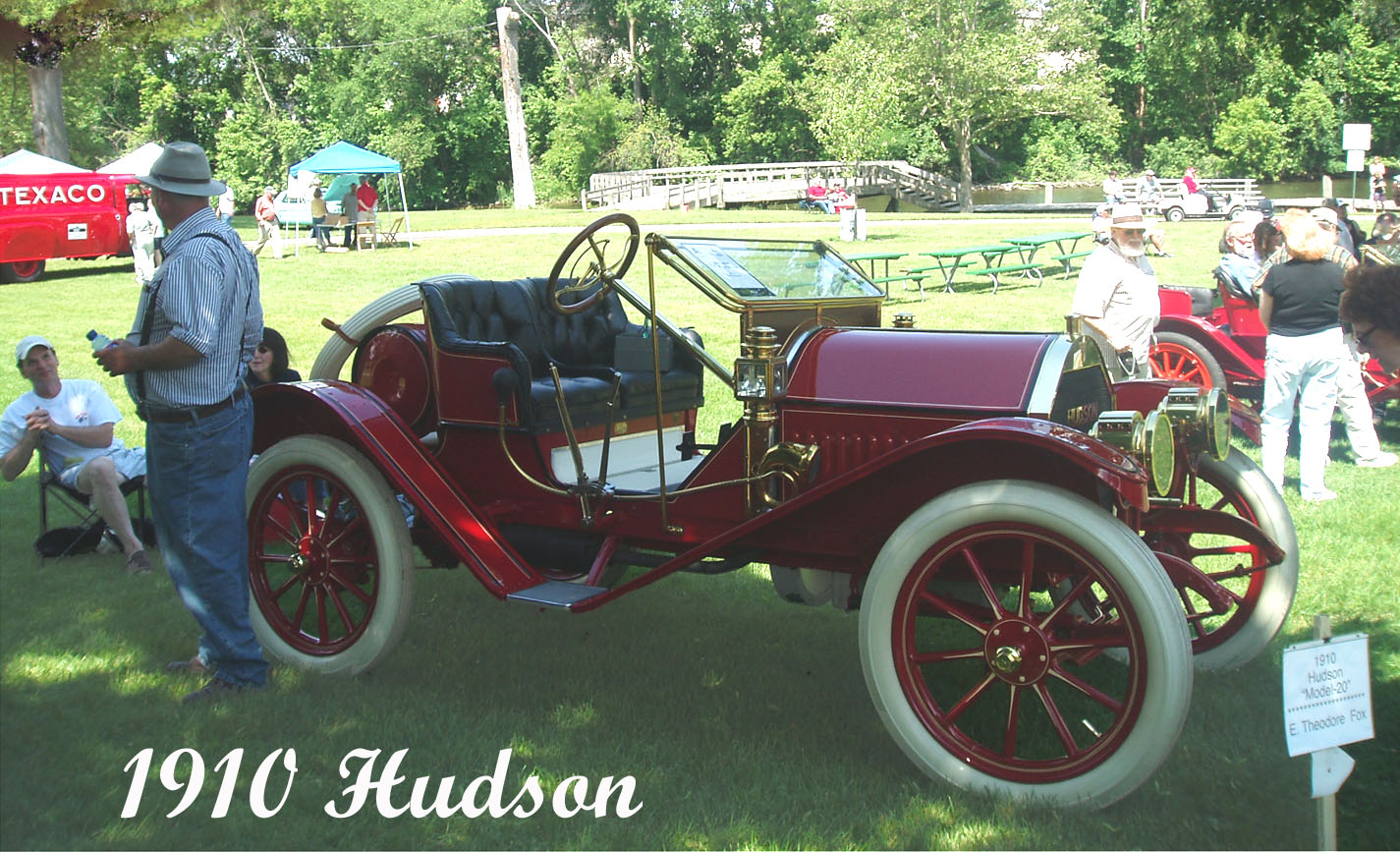

Alexander Y. Malcomson was born in Scotland in 1865. By 1880, his father was a widower. His father migrated to Detroit along with young Alexander. The family had relatives here. Rather than attending school, Alexander Malcomson went to work and, quite quickly, owned his own grocery store. However, he realized that there was more profit to be made in coal. At that time, coal was the major—almost the exclusive—source of energy for homes, factories and businesses. Malcomson established a wholesale coal business and, by 1902, was a leading supplier in Detroit with six yards across the city. Presumably, he brought coal to Detroit by rail and ship and then delivered it to many homes and businesses.
Similar to many Detroit entrepreneurs and financiers, Malcomson saw the opportunity to amass a fortune in the emerging vehicle industry. Malcomson knew Henry Ford from a time—probably around 1890—when they both worked for the predecessor firm of Detroit Edison. Henry Ford, in 1901, had obtained investments from bankers to establish the Henry Ford Company to produce cars. Ford, however, was strongly interested in developing racing machines. By 1902, the investors were dissatisfied with Henry Ford's use of their funds and sought to oust him from the firm since they presumed he would not succeed. Eventually they brought in Henry Leland to assess Ford’s firm. Soon enough the investors had gotten rid of Henry Ford, and shortly thereafter, Leland created the Cadillac Motor Car Company out of the remains of Henry Ford’s endeavor.
Malcomson believed that Ford could be successful as a vehicle manufacturer. In 1902, he agreed to form a partnership with Ford to produce cars. Malcomson was using his own money to get this new partnership started. Quite quickly, the new partnership ran into difficulties. Lacking capital, this firm—similar to most new auto companies in Detroit—manufactured few parts on their own. Rather, they bought components from machine shops and assembled them into cars that they badged and then sold. Ford and Malcomson rapidly found themselves in debt to the Dodge Brothers who supplied parts for the Ford cars. Ford could not pay his debt to the Dodge Brothers so the future looked bleak.
Having faith in Henry Ford and hopes for the vehicle industry, Malcomson proposed that they form a corporation with investments from individuals who would put up a total of $100,000. It was not easy for Malcomson to locate investors. Ford did not have a strong reputation as an entrepreneur at this time and local bankers had written him off. Eventually, Malcomson found investors and, on October 15, 1903, incorporation papers were drawn up for the Ford Motor Company that continues to manufacture vehicles around the world to this day. This was accomplished at the offices of Malcomson’s coal firm than located on what is now Hart Plaza. A Michigan Historical Marker commemorates this historic location. Businessman and banker John Gray was president of the firm, Henry Ford vice-president and Malcomson’s long term business partner and future mayor and senator, James Couzzens, was secretary.
Almost immediately there was disagreement among the directors and investors in the new Ford Motor Company. Malcomson, I believe, presumed that maximum profit would result from the production of expensive cars for the silk stocking trade. This was the seemingly successful mode of operation of the thriving French vehicle industry. Consistent with Malcomson’s directions, Ford designed and produced the large Model K, but he had limited enthusiasm for making big, expensive cars. Internal disagreements continued, and in 1905, John Gary and Henry Ford encouraged Malcomson to leave the firm.
Malcomson sold his stock in the Ford Motor Company, but was not ready to give up on the vehicle industry. He established the Aerocar Company and built the structure you see to manufacture his vehicle. This is an 80,000-square-foot building. For the 1906 model year, Aerocar offered a large five passenger touring car powered by a four-cylinder, 24-horsepower, air-cooled engine. At this time, designers faced a challenged in cooling engines so air cooling viewed by some as a desirable strategy. Malcomson priced his first model at $2,800 freight on board Detroit. Sales were weak. By 1908, three models of Autocars were available, including a roadster and a full touring car with prices ranging from $1,500 to $2,200. The vehicles manufactured in the humble plant you see were not very popular and Aerocar went out of business in 1908.
Detroit department store impresario, Joseph L. Hudson, earned his fortune in retail trade but also entered the auto business and served briefly as vice-president of the Detroit Auto Vehicle Company. This firm produced low-cost, two-cylinder cars and survived only from 1904 to 1907. Despite that lack of success, Hudson’s niece and her husband, Roscoe Jackson, convinced Hudson to put up the funds for a new auto firm, one that bore his name. More monies were raised, and in 1909, the Hudson Motor Car Company acquired the former Aerocar Company factory at Beaufait and Mack from Alexander Malcomson for their production facility. By late 1910, Hudson was turning out substantial production from this plant, primarily by assembling parts purchased from many suppliers. Atlas Engine in Indianapolis and the Buda Company of Harvey, Illinois shipped the engines to this plant on Detroit’s east side. At that time, a rail line ran along side this plant.
The Hudson line of cars was an instant success, so much so that the firm quickly purchased a major plot of land at Jefferson and Conner and commissioned Albert Kahn to design a large, modern auto plant for their use. By1912,  they shifted production from the plant you see above to their new Hudson plant. Parts of that facility still stands more than 69 years after Hudson closed their once very active production lines in Detroit. Nevertheless, one Hudson dealer remains open in Ypsilanti, Michigan.
they shifted production from the plant you see above to their new Hudson plant. Parts of that facility still stands more than 69 years after Hudson closed their once very active production lines in Detroit. Nevertheless, one Hudson dealer remains open in Ypsilanti, Michigan.
I do not know if any other cars were subsequently assembled at the building you see. I recall reading that the Ford Motor Company once used this facility, but probably not for building cars. During World War II, I assume that most every factory in Detroit was occupied and operating 24/7. It is easy to become confused about the many manufacturing buildings lining the rail line that once terminated at the giant United States Rubber plant near Belle Isle. The building at the northeast corner of Beaufait and Mack resembles the Aerocar plant. That building, I believe, was erected by B. J. Everitt in the early years of the last century when he produced auto bodies. The building became, I think, the first facility of the Briggs Manufacturing firm.
The name Aerocar has been used by several manufacturers in the vehicle business. During the 1920s, I believe entrepreneurs in Detroit tried to produce and popularize a line of Aerocar busses. The bus business thrived in the early 1920s as states paved roads and entrepreneurs effectively eliminated the electric interurban rail lines by offering lower cost transportation on buses. In the 1930, a Curtis Aerocar firm produced what they called elegant travel trailors that could be attached to substantial cars—a forerunner of the Airstream trailers. After World War II, designers came up with the idea of a vehicle that could serve as both a car and a small airplane using wings that could fold. I believe they produced six prototypes and used the name Aerocar but never had much success in the marketplace.
Alexander Malcomson apparently lost substantial funds in his futile attempt to manufacture Aerocars but his coal business prospered. Later, he went into the building supply business in Detroit. When he died at age 59 in Ann Arbor in the mid-1920s, he left an estate that was worth about 26 million in 2011 dollars.
It would be very nice to see an historical plaque affixed to the outside of this building telling visitors of its historic significance. For more that forty years, Hudson was a major manufacturers of very useful, but not particularly innovative, cars and a few trucks. So far as I know the architect who helped designed this factory, William Malcolmson, was no relative of Alexander Malcolmson.
Architect: William Malcomson and William Higginbotham
Date of Construction: 1906
Architectural style: Mill-style industrial building (pre-Albert Kahn)
City of Detroit Local Historic District: Not listed
State of Michigan Registry of Historic Places: Not listed
National Register of Historic Sites: Not listed
Use in 2016: Apparently it is an abandoned building awaiting conversion to other use.
Photograph: Ren Farley; July 10, 2005
Description updated: December, 2016